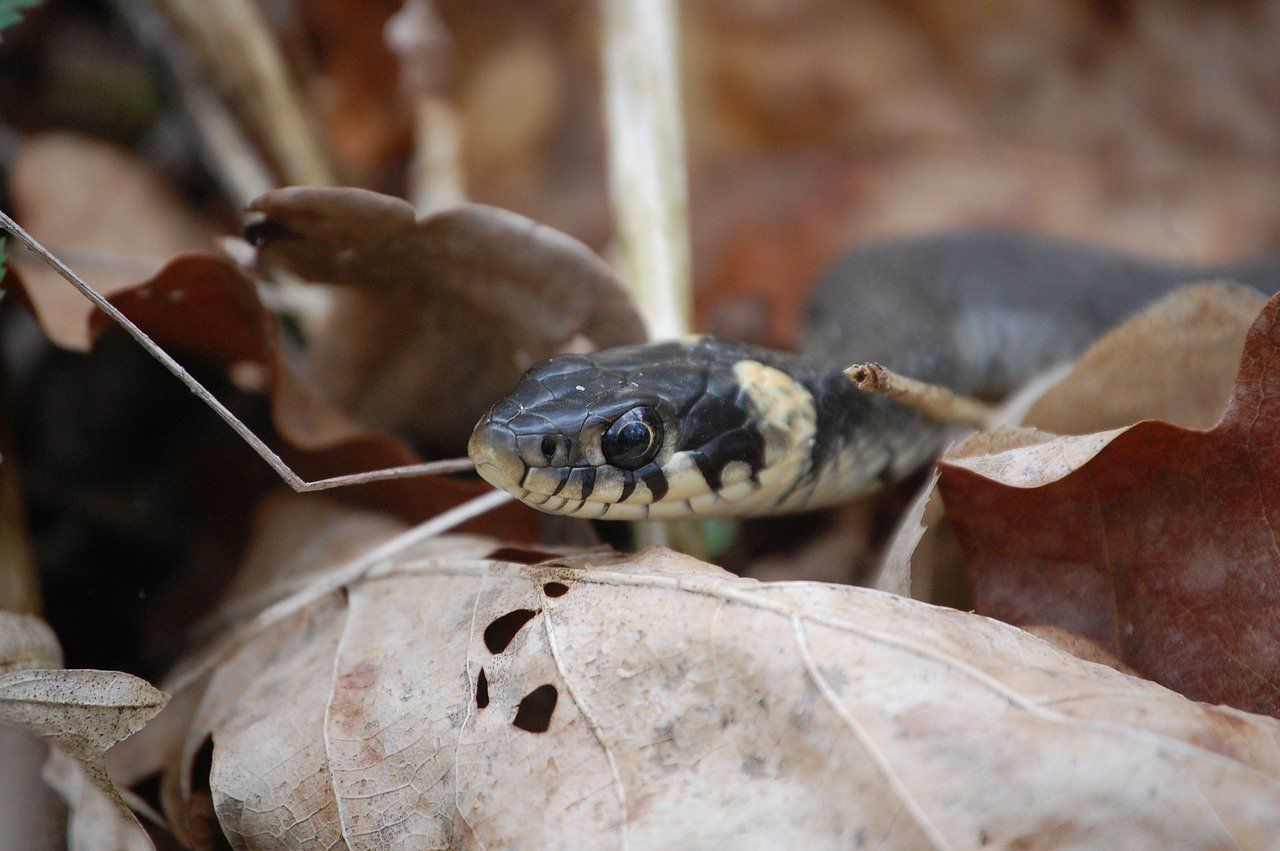How often snakes shed their skin: Learn more about wildlife
Snakes shed their skin periodically in a process called molting or ecdysis.
The frequency of shedding varies depending on factors such as the snake's age, species, growth rate, and environmental conditions.
Here's a general overview of the shedding process.
Young Snakes
Juvenile snakes, especially those that are actively growing, shed more frequently than adults.
They may shed every 1 to 4 weeks.

Adult Snakes
Adult snakes shed less frequently than juveniles.
Depending on the species and individual factors, they might shed every 1 to 3 months.
Species Variation
Different snake species have varying shedding patterns.
Some may shed more frequently, while others shed less often.
For example, rapidly growing snakes or those in warmer environments tend to shed more frequently.
Health and Nutrition
Snakes that are healthy and well-nourished tend to shed more regularly.
Proper nutrition supports healthy growth and skin turnover.
Environmental Factors
Temperature, humidity, and light cycles influence shedding.
Snakes in captivity might shed less predictably if their environment does not mimic their natural conditions.
Shedding Process
During shedding, a snake's outer layer of skin, called the epidermis, separates from the underlying layers.
The snake's body secretes a fluid between the layers to help facilitate the shedding process.
The snake then wriggles or rubs against objects to help peel off the old skin.
The process can take a few hours to a few days.
